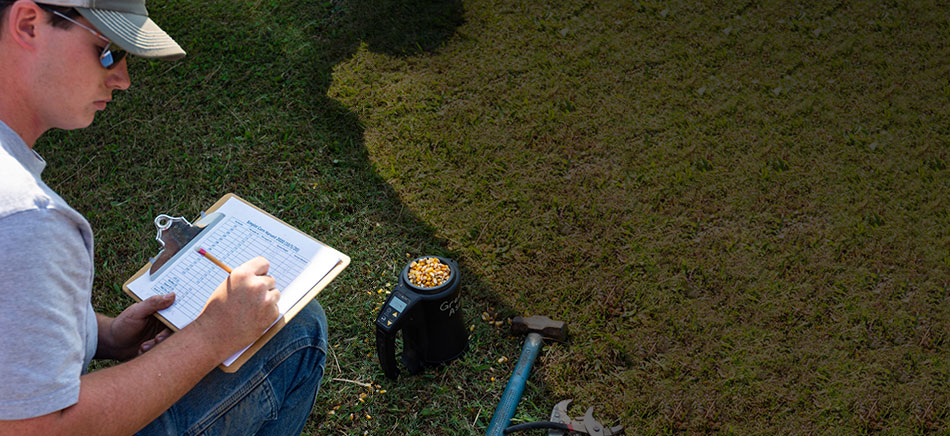Document Type
Article
Publication Title
International Journal of Applied Geospatial Research
Abstract
In eastern Arkansas, the use of surface water for crop irrigation is steadily increasing in response to declining aquifers. Effective conjunctive water management requires accurate and timely information on the locations, sizes, and numbers of on-farm irrigation reservoirs. A method for remotely locating and characterizing on-farm reservoirs was developed using relative elevation and near-infrared imagery. With 62% accuracy, the method automatically identified 429 irrigation reservoirs within a 1.9-Mha area in less than an hour using an off-the-shelf laptop. Reservoirs not accurately identified (i.e., false negatives) were caused by the presence of vegetation or turbidity within the reservoirs. There were no false positive detections. This approach for identifying elevated reservoirs is applicable across the Mississippi Alluvial Plain (MAP) that encompasses over 4-Mha of irrigated cropland and other agricultural areas having low-relief.
DOI
10.4018/IJAGR.337287
Publication Date
2024
Recommended Citation
Shults, Daniel D.; Nowlin, John W.; Massey, Joseph H.; and Reba, Michele L., "Automated Detection of On-Farm Irrigation Reservoirs in Two Critical Groundwater Regions of Arkansas: A Necessary Precursor for Conjunctive Water Management" (2024). Faculty Publications. 1.
https://arch.astate.edu/agri-facpub/1


